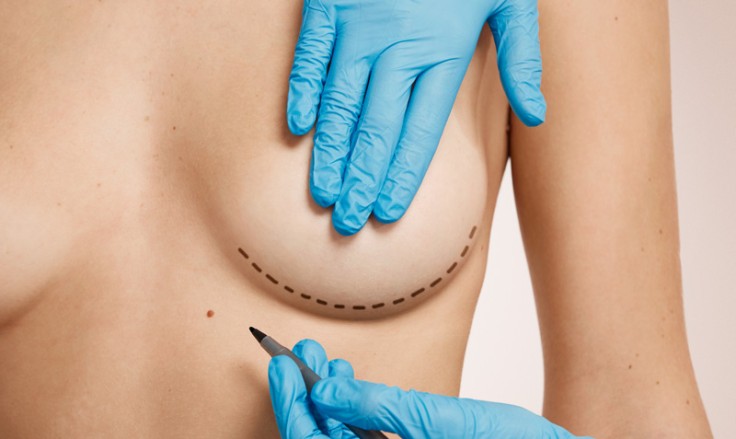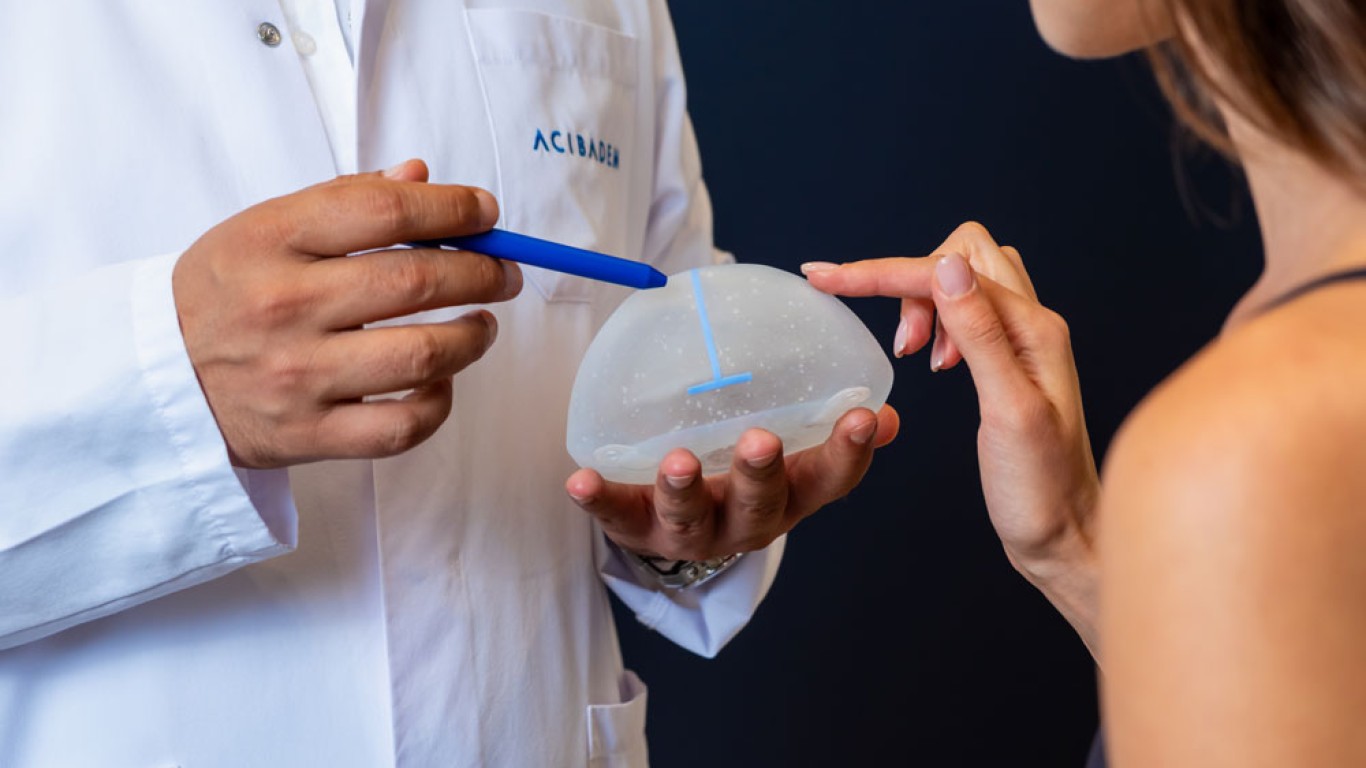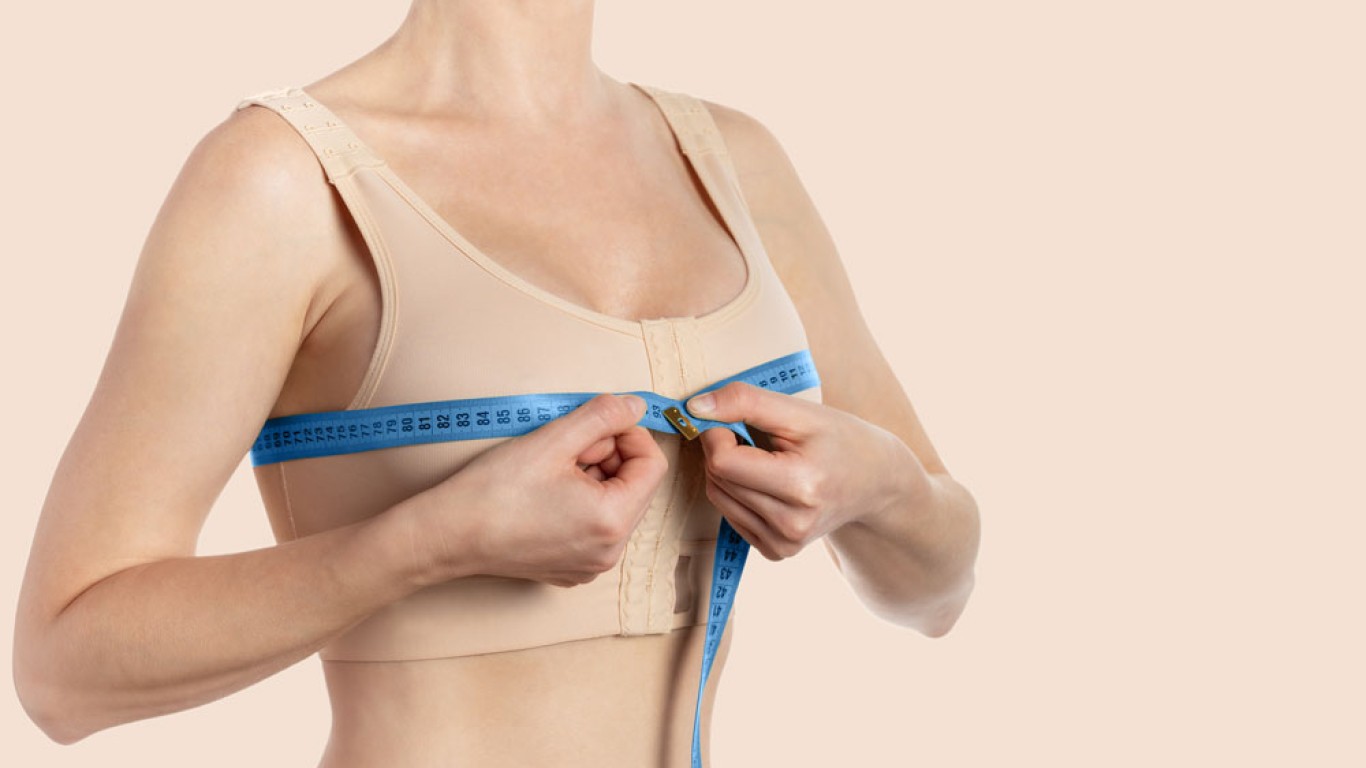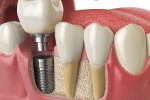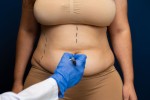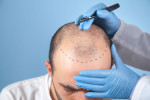Introduction
Tubular breasts, sometimes called constricted breasts, are a developmental condition that affects breast shape. Instead of round, full contours, the breasts appear narrow with enlarged areolas and less lower volume. For many women, this difference becomes noticeable during puberty and can affect personal body confidence. While tubular breasts aren’t harmful medically, they can cause emotional frustration. Surgery provides an effective way to reshape and restore balance. We explore how surgery corrects tubular breasts and what patients can expect from treatment.
Understanding Tubular Breasts
Tubular breasts occur when breast tissue doesn’t develop evenly. The base of the breast is narrower, which creates a cone-like shape. The lower part of the breast often appears underdeveloped, while the areola may look stretched. This combination produces the characteristic appearance of tubular breasts. Tubular breasts vary in severity, with some women experiencing only mild changes and others more noticeable asymmetry. Importantly, tubular breasts are not caused by lifestyle or habits. They’re simply a natural variation in development.
Why Women Seek Surgery for Tubular Breasts
For many, tubular breasts are less about physical health and more about self-image. Some feel self-conscious in clothing or avoid certain styles. Others worry about intimacy or lack confidence when undressed. Asymmetry, especially when one breast is more affected, can make finding bras or swimwear difficult. Surgery offers the opportunity to achieve a more typical shape, easing these concerns. Beyond appearance, women often describe feeling more at ease and balanced after correction.
How Surgery Corrects Tubular Breasts
Surgery for tubular breasts focuses on releasing constricted tissue and reshaping the breast. The surgeon makes small incisions - often around the areola - to access breast tissue. Tight bands are carefully released to allow natural expansion. Volume may be added with implants, fat transfer or tissue redistribution. The areola is often reduced or repositioned to improve proportion. Altogether, these steps create a rounder, fuller breast with smoother contours. The procedure is tailored to each patient, depending on severity and goals.
The Role of Implants and Fat Transfer
Implants are frequently used to correct tubular breasts because they restore volume and improve shape. Round or anatomical implants can be chosen depending on the patient’s desired outcome. Fat transfer may also be used, taking fat from another area of the body. This technique enhances natural softness and provides subtle shaping. In many cases, implants and fat transfer are combined for the best results. Both approaches aim to create balanced, symmetrical breasts that look and feel natural.
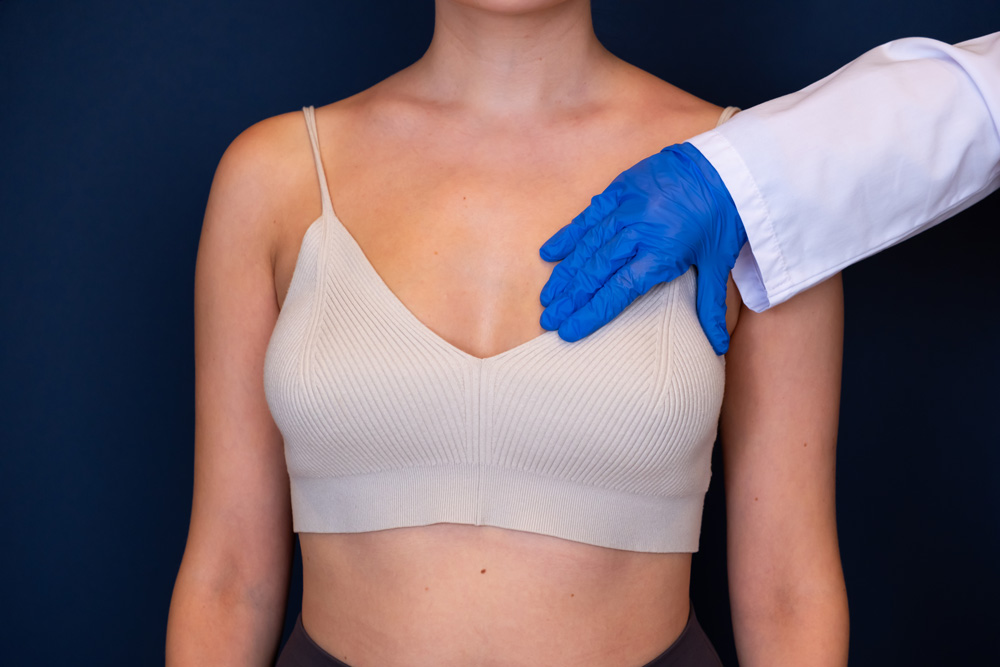
Areola Correction in Tubular Breast Surgery
One of the most distinctive features of tubular breasts is the enlarged areola. Surgical correction often includes reducing and reshaping the areola to match the new breast proportions. The incision is usually placed along the areola’s edge, making scars less visible. For many patients, this adjustment is transformative, creating a more balanced, harmonious appearance. Together with reshaping, areola correction plays an important role in restoring confidence.
Recovering From Tubular Breast Surgery
Recovery following tubular breast surgery is similar to that of other breast procedures. Patients may experience swelling and tenderness during the first weeks. During this time, supportive bras are recommended to protect the results. Most people return to light activities within one to two weeks. Strenuous exercise, however, should be delayed for several weeks. Over time, swelling fades, and the breasts settle into their new shape. Within a few months, the results will look natural and well integrated with the body.
Conclusion
Tubular breasts are a natural variation in development, but surgery can help offer a powerful way to restore shape and confidence. Through techniques like tissue release, implants and areola correction, surgeons create fuller, more balanced breasts. Recovery is manageable and results are long-lasting. Beyond physical appearance, many women report renewed confidence and comfort in their daily lives. Understand what tubular breast surgery involves to feel more informed and empowered.
Interested in finding out more about tubular breast surgery? Visit the ACIBADEM Beauty Center website.
Frequently Asked Questions
They are a developmental condition where breasts appear narrow with enlarged areolas and less lower tissue.
No, surgery is the only effective way to release constricted tissue and restore shape.
Most patients return to light activities within two weeks, with full healing taking months.
Yes, implants or fat transfer are often used to restore volume and improve symmetry.
Prices range from £3,000 in Turkey to £10,000 in the USA.
